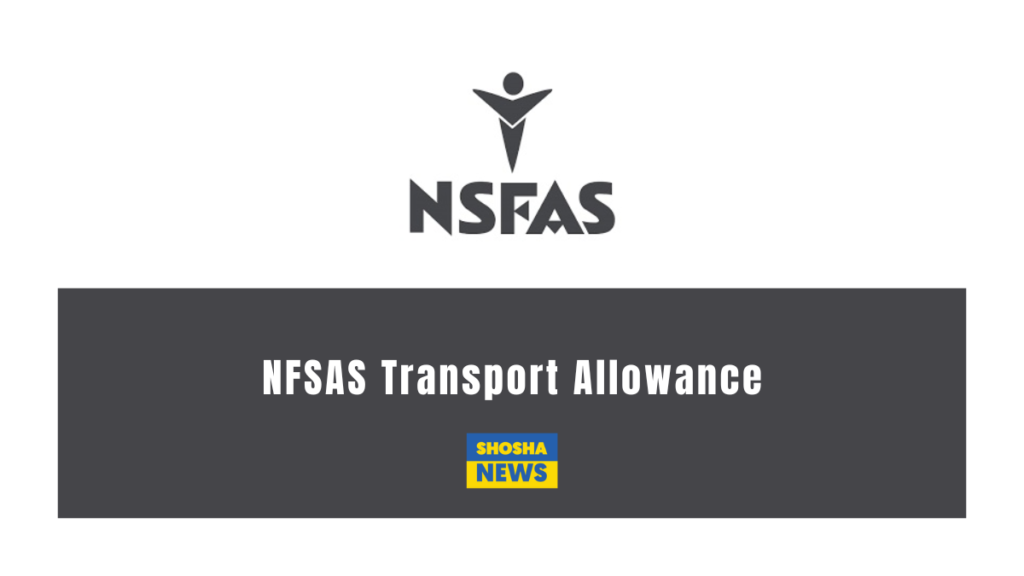Understanding How NSFAS Transport Allowance Works

Understanding How NSFAS Transport Allowance Works
Understanding How NSFAS Transport Allowance Works The National Student Financial Aid Scheme (NSFAS) plays a pivotal role in making higher education accessible to students from poor and working-class backgrounds in South Africa. By providing comprehensive bursaries and student loans, NSFAS ensures that financial barriers do not hinder deserving students from pursuing their academic dreams. In this blog post, we will delve into the specifics of NSFAS transport allowances, who qualifies for them, and how they are managed.
What Does NSFAS Funding Cover?
NSFAS funding is designed to cover a broad spectrum of student needs. It includes tuition and registration fees, as well as allowances for food, accommodation, and learning materials. This comprehensive support ensures that students can focus on their studies without the stress of financial constraints.
However, not all students require accommodation allowances. Many students live with relatives and thus do not need to cover the cost of housing. For these students, NSFAS provides a transport allowance to assist with the costs of traveling to and from campus. This provision is crucial in ensuring that students can attend classes regularly and punctually, regardless of their living arrangements.
Who Qualifies for NSFAS Transport Allowance?
To be eligible for an NSFAS transport allowance, students must meet specific criteria:
- Living Arrangements: Students who live with relatives and not in private accommodation qualify for the transport allowance. This helps cover the daily commute to their respective institutions.
- Distance from Campus: Students living 10 kilometers or more away from their campus are also eligible for a transport allowance. This allowance is provided to ensure they can manage the cost of transportation independently when institutional support is not available.
How is the Transport Allowance Managed?
The management of the transport allowance depends on whether the institution has made travel arrangements for the students. Here’s how it works:
- Direct Payment to Students: If the institution has not arranged travel for students living 10 kilometers away from campus, the transport allowance will be paid directly to the students. This approach allows students to handle their transportation costs as they see fit.
- Payment to the Institution: In cases where the institution has made travel arrangements for these students, the transport allowance will be paid to the institution instead. This ensures that the transport logistics are streamlined and managed efficiently by the educational institution.
NSFAS’s policy is clear: when transport is managed by the institution, the allowance is directed to the institution. Alternatively, if no such arrangements exist, the transport allowance is paid directly to the student.
Eligibility Criteria for NSFAS Funding
To qualify for NSFAS funding, students must meet certain eligibility criteria:
- Income Threshold: The combined gross household income must be R350,000 or less annually for a bursary, and R600,000 or less for a loan. Students from households with income exceeding these thresholds do not qualify for NSFAS support.
- Citizenship: NSFAS funding is available exclusively to South African citizens.
- Enrollment: Students must be enrolled in an approved course at a public university or TVET college.
These criteria ensure that NSFAS support is directed towards those who need it most, providing a lifeline for students from disadvantaged backgrounds.
How to Apply NFSAS Transport Allowance?
Create an Account on the NSFAS Website:
- Visit the NSFAS website.
- Register for an account using your email address and create a password.
- Complete the verification process.